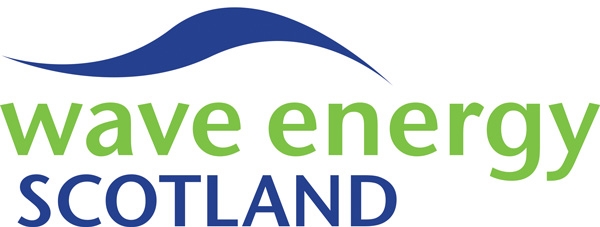Overview
Published in 2023, a report delivered by OWC on behalf of WES identified a range of potential economic benefits available to the floating offshore wind and wave energy sector as a result of synergies between the two technologies. To maximise the future cost reduction in both sectors, it may be effective to share some of the sub-systems and infrastructure between these two technology types.
Depending on the type of wave energy device, these can be merged by placing individual large-scale devices in clusters between floating wind turbines or by mounting numerous wave devices on a floating platform. This platform could be similar to the floating wind substructures, sharing their supply chain and manufacturing processes. This can also provide shared station keeping and grid infrastructure, all ultimately aiming to lower the levelised cost of energy.
Through 2022 and 2023, WES worked with the University of Edinburgh and the FloWave test facility to investigate this idea of a combined floating offshore wind and wave energy platform, integrating WECs on a common platform is a means to increase energy density. The ‘Multi Wave Absorber Platform’ project built a numerical model and completed tank testing of a floating wind style platform with a number of integrated wave energy absorbers.
A paper was presented in EWTEC in 2023 detailing early stages of the project, design intent and plans for tank testing of the platform at FloWave.
While a number of interesting questions were answered during this work, many more require longer-term, in-depth analysis which can be delivered through a PhD.
Starting in 2023, this student will be co-funded by WES to undertake more detailed analyses of the platform, which will determine the best approach for co-design and optimisation of such a system in order to minimise costs and maximise energy production.
The key research questions this PhD will address are;
- Can the current state-of-the-art frequency domain modelling tools provide sufficient agreement with tank testing results for a multi-degree of freedom dynamically coupled WEC, with a view to supporting future design iterations?
- What are the key design drivers to optimise the MWAP configuration and performance, with a view to improving key metrics relating to device size and complexity?
- Can next-generation control strategies working with coupled pneumatics provide an increase in performance for multiple WECs on a common platform compared to multiple independent pressure differential WECs?
Conference papers and further information on the progress of this work will be shared when available.

